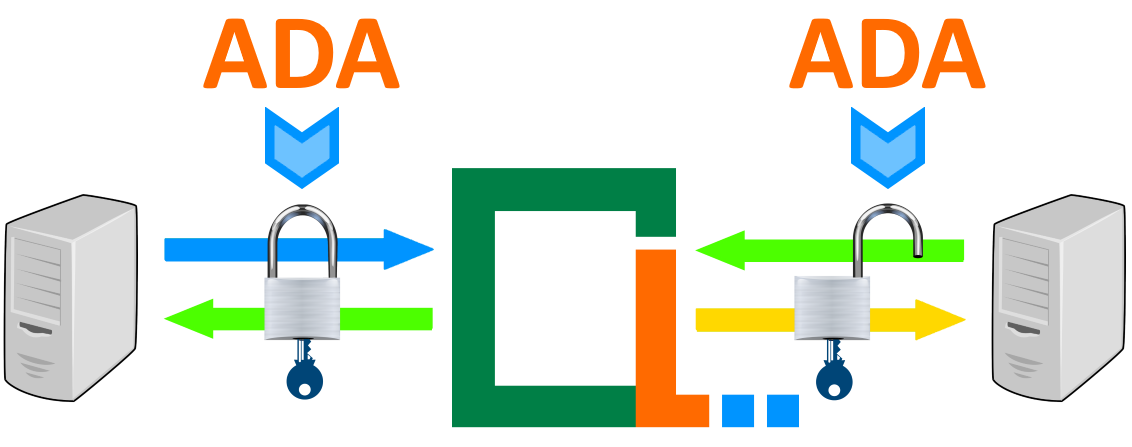|
P1100
LOADING...
#ChatLiner: Protect Authentic Digital Assets Against Piracy
#Vulnerability to illegal distribution and sales
This is just another problem that stems directly from the fact that all attention is paid to how the blocks are incorporated into the chains, not how the digital assets themselves are created and minted.
Accordingly, the production technology seems to be based on the collection of components from essentially unrelated sources, which, brought together in one place, appear to have been made with scissors and duct tape.
This is certainly not the best way to approach troubleshooting.
As we have already said in one of the previous chapters - a new, more efficient and more competitive approach is needed.
#The conceptual solution must be simplified
Suppose we have a series of photographs that an artist wants to put up for sale.
At the same time, he wants to preserve their authenticity, which means that the versions of the photos presented to the audience must be identical to the original versions created by the author.
There must be no changes in image resolution, format, bit depth, color, printing, etc., while the overall quality of the published files must not be reduced by a single bit.
The question is how to achieve it and is it possible to achieve it simply and without hassle? Yes, it is, if we call on digital chip card technology to help (again).
#How it works with digital chip card technology
First of all, the artist must have the photographs converted into authentic digital assets ("ADAs").
This is accomplished by inserting a digital barcode into each photo individually, which is called "ADA creation".
A digital barcode is a set of information about a file that represents an authentic digital asset ("ADA") and related data.
This includes information about the file itself (name, author name, creation time, etc.), as well as information related to preservation the authenticity of the file, the integrity of the content of which the file is composed and the identity of the owner.
In addition, the digital barcode serves as a repository for the author's promotional material, such as a promotional text, a PDF booklet, a personal audio message or a short promotional video.
Second, we must ensure that the newly created ADA remains immutable, irreplaceable, irrevocable, and available for validation at all times.
This is accomplished by tokenzing the ADA and storing it on the blockchain, which is called "ADA minting".
Blockchain tokenization is the process of converting an actual physical or digital asset into a digital token that is later hosted on the blockchain.
Please note that we can only sell an ADA on a platform that utilizes blockchain technology and allows potential customers to validate your ADA.
#Recommended articles
>> How To Create An Authentic Digital Asset And Put It Up For Sale On A Custom-Built Blockchain
>> The Cost And Complexity Of Creating An Authentic Digital Asset
>> Improve Performance By Achieving Long-Term Sustainability And Storing Large Amounts Of Data
>> Frequently Asked Questions About Authentic Digital Assets
>> 7 Steps To Take To Create/Mint An Authentic Digital Asset
>> 5 Biggest Misconceptions About Authentic Digital Assets
#How to protect an ADA that has been put up for sale
An ADA must be sold either through the official ADA store, or sales can be made through an official channel established by the ADA creator himself, with a blockchain network underlying the online purchase and distribution platform.
The embedded digital barcode provides a globally unique file identifier and copyright protection tool for the selected authentic digital asset.
What follows is the essence of how digital chip card technology affects the ADA's protection of authenticity and integrity:
#Step into the future of creating authentic digital assets

#DCCT Network is a blockchain system with up to three devices connected to a common peer-to-peer (P2P) computer network.
Designed to host authentic digital assets, it is able to verify data in a way that is completely free from external scrutiny or influence.
Transactions over the network are carried out by exchanging electronic messages in the form of digital telegrams.
|